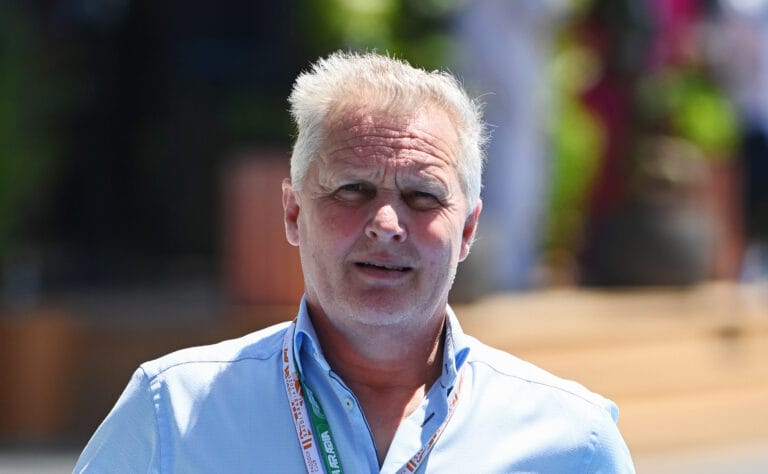Reportedly, General Motors must pay a substantial ‘anti-dilution fee’ before it can join Formula 1. On Monday, it was announced that the FOM wants to welcome the Americans to the grid from 2026, provided they start building their own engines from 2028. To ensure that an eleventh team does not affect the distribution of the prize money, General Motors will have to dig deep into its pockets.
According to BBC Sport, General Motors is paying Formula 1 an ‘anti-dilution fee’ of 450 million dollars – equivalent to over 425 million euros – to participate in the premier class. Together with partner TWG Global, the American automotive giant must cough up this amount to secure their participation. This is more than double the anti-dilution fee of 200 million dollars described in the current regulations.
Dilution of the Prize Money
The existing teams reportedly urged the FOM for a significant increase in the amount leading up to the Concorde Agreement of 2026, the year in which General Motors joins Formula 1. This agreement outlines, among other things, how the revenues from broadcasting rights and prize money are distributed. The anti-dilution fee serves as compensation for the existing teams. With the arrival of a new participant, the prize money could indeed ‘dilute’.
Approximately 63 percent of Formula 1’s revenue is paid out to the teams. With the debut of General Motors, that money suddenly has to be divided among eleven teams instead of ten. When the American racing team makes its debut in the sport in 2026, it will be exactly ten years since more than ten teams were active in Formula 1. In 2016, Haas became the eleventh participant. Just a year later, the British Manor Racing MRT bowed out. Since then, the standard has been to race with ten teams and twenty drivers.









